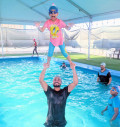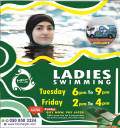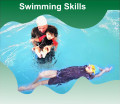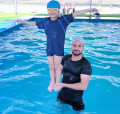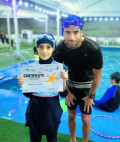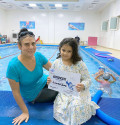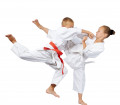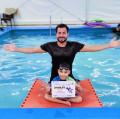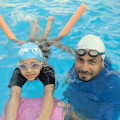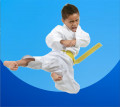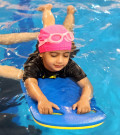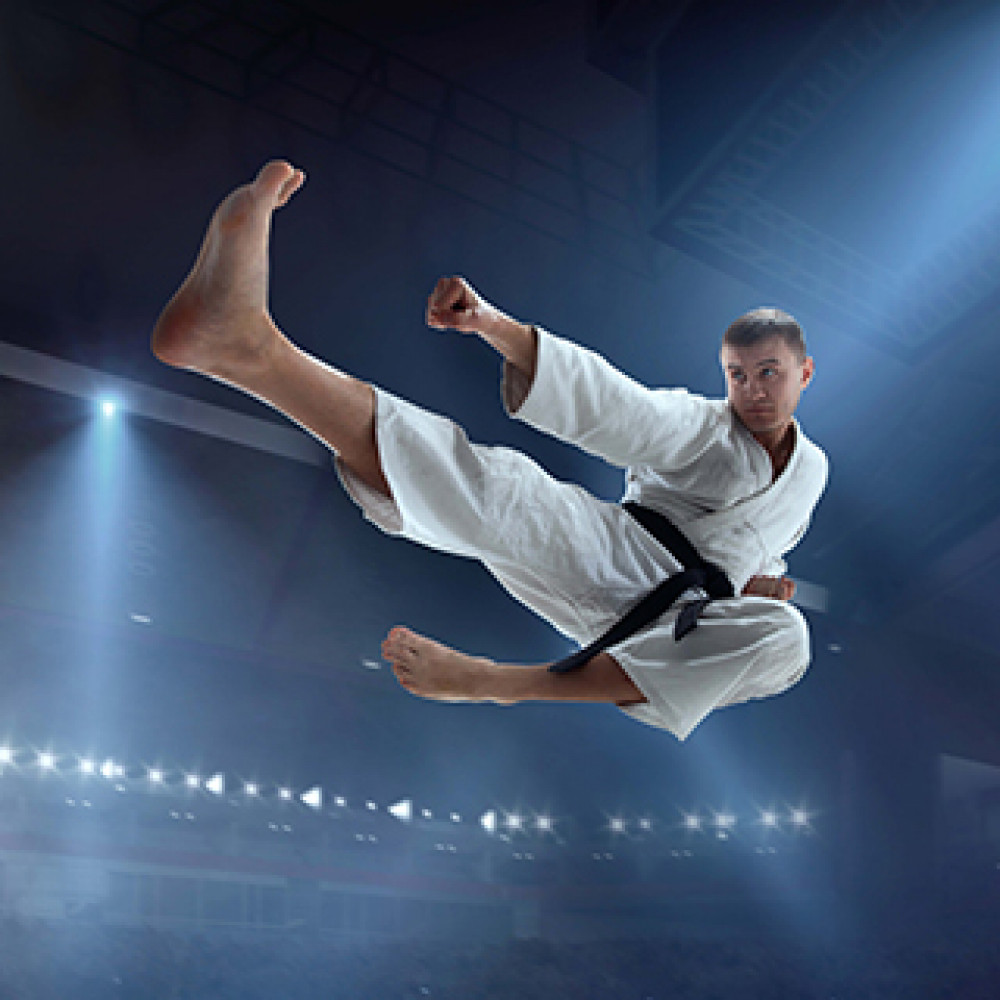
Be a Karateka; Teach Yourself the Superior Skills of Discipline, Self-Control, and Respect
2022-12-29 - Martial Arts, Karate
Karate is a martial art that originated in Okinawa, Japan and has since become popular around the world. It is characterized by its focus on striking techniques using punches, kicks, and open-hand strikes, as well as its use of blocks and counterattacks. Karate training typically includes practicing kata (pre-arranged forms),sparring (controlled fighting with protective gear),and various drills and exercises to improve strength, flexibility, and technique. In addition to its physical benefits, karate also promotes discipline, self-control, and respect, and can be practiced by people of all ages and skill levels. There are several different styles of karate, each with its own distinct techniques and philosophies, and many people who practice karate participate in tournaments or grading tests to test their skills and progress in the art.
Karate is a martial art that can be practiced by people of all ages and skill levels, from young children to seniors. While karate does require some physical ability and coordination, it can be modified to accommodate different fitness levels and physical abilities. If you are interested in practicing karate, it is important to find a school and instructor that is suitable for your skill level and any physical limitations you may have. With the right instruction and determination, anyone can learn and benefit from practicing karate.
There are many benefits to learning karate, including:
Improved physical fitness: Karate training involves a combination of cardiovascular and strength-building exercises, which can improve overall physical fitness and coordination.
Self-defense skills: Karate training teaches students how to defend themselves using punches, kicks, and other strikes, as well as how to block and counterattack.
Discipline and self-control: Karate training emphasizes the importance of discipline, focus, and self-control, which can help students develop these skills in other areas of their lives.
Stress relief: Karate training can be a great way to reduce stress and relieve tension, as it requires students to focus on the present moment and clear their minds of distractions.
Confidence: Karate training can help students develop confidence in their physical abilities and their ability to defend themselves, which can translate into other areas of their lives.
Socialization: Karate training can be a great way for students to make new friends and socialize with others who have similar interests.
Cultural appreciation: Karate has a rich cultural history and is an integral part of Japanese culture, so learning karate can also be a way to learn more about and appreciate this aspect of the art.
Fun: Karate can be a lot of fun, and students of all ages can enjoy the physical and mental challenges it presents.
Several different styles of karate, each with its own unique techniques and philosophies. Here are some of the most common styles of karate and their characteristics:
Shotokan: One of the most popular styles of karate, Shotokan is characterized by its strong, linear techniques and emphasis on power. It is known for its long, deep stances and powerful strikes.
Goju-ryu: Goju-ryu is characterized by its use of both hard and soft techniques, with an emphasis on circular movements and breathing techniques. It is known for its emphasis on close-range fighting and the use of "tenshin" (footwork to evade attacks).
Shito-ryu: Shito-ryu is a blend of Shotokan and Goju-ryu and is characterized by its use of both hard and soft techniques and an emphasis on fluid, flowing movements.
Wado-ryu: Wado-ryu is characterized by its use of circular movements and an emphasis on evasion and redirecting attacks. It is known for its emphasis on "atsu" (natural body movement) and the use of joint locks and throws.
Shorin-ryu: Shorin-ryu is characterized by its use of quick, sharp techniques and an emphasis on speed and agility. It is known for its upright stance and use of "sanchin dachi" (a stance with the feet shoulder-width apart and the hands held at the chest).
Kyokushin: Kyokushin is a full-contact style of karate that is known for its emphasis on conditioning and sparring. It is characterized by its use of powerful, straightforward techniques and an emphasis on "kokutsu-dachi" (a back stance).
These are just a few examples of the many styles of karate that exist. It is important to find a style that resonates with your personal goals and interests, and to choose a school and instructor that aligns with your preferences. Be accustomed Wear comfortable clothing: Karate training typically involves a lot of movement, so it is important to wear clothing that allows you to move freely. Loose-fitting pants and a t-shirt or karate gi (uniform) are usually suitable.
- Get in good physical shape: While karate training can help you improve your physical fitness, it is helpful to have a basic level of fitness before starting. This can include exercises such as running, jumping, and stretching to help improve your endurance, agility, and flexibility.
- Learn about the principles of karate: Karate training involves much more than just learning techniques; it also involves learning the principles and values of the art. Familiarizing yourself with these principles, such as respect, discipline, and self-control, can help you better understand and embrace the karate mindset.
- Find a good school and instructor: It is important to find a karate school and instructor that aligns with your goals and preferences. Look for a school with a good reputation and instructors who are experienced and patient.
- Be patient and open-minded: Karate training can be physically and mentally challenging, and it is important to be patient and open-minded as you learn and progress. Remember that everyone has to start somewhere, and it takes time to develop skills and technique.
- Practice good hygiene: Karate training involves close contact with other students and instructors, so it is important to practice good hygiene by showering regularly, washing your hands, and keeping your nails trimmed.
- Stay hydrated: Karate training can be physically demanding, so it is important to stay hydrated by drinking plenty of water before and after training.
The most important factor in learning karate is your own determination and willingness to learn and work hard. Have a positive attitude and a strong work ethic, be more consistent in training and setting goals for yourself. Master the skills of Karate with your sheer willingness and efforts to improve.
.







.jpg)















































